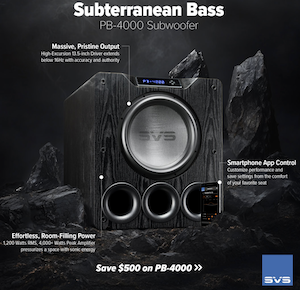Oh, ok...REW always puts the ref time at the peak, but you may change it afterwards.
So I was right in saying that one way to export impulses so that they are aligned is to apply to them the same left width, while keeping their respective ref time unchanged...
Good to know!...
You have been awesome as always!...
Many many thanks!...













